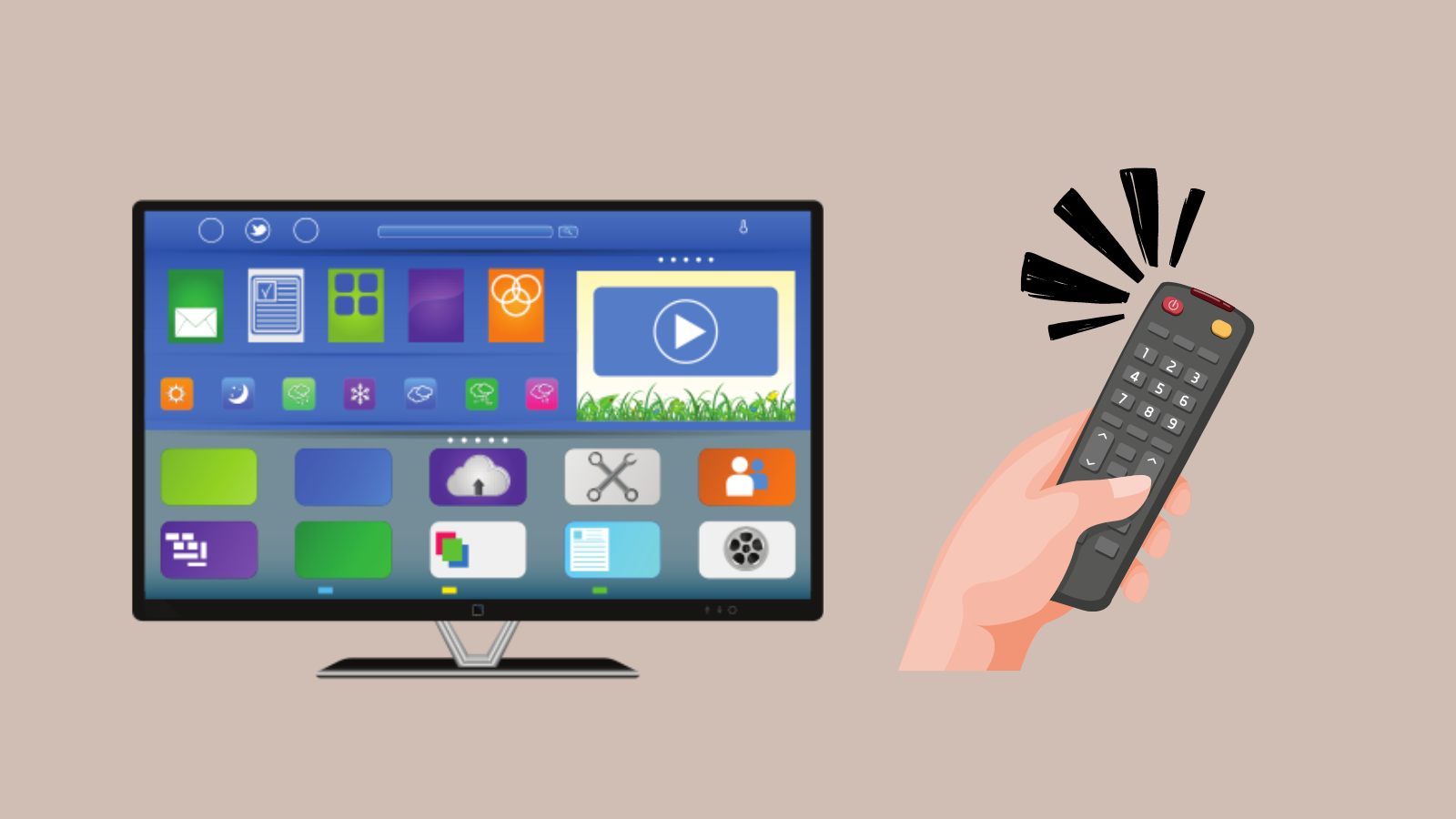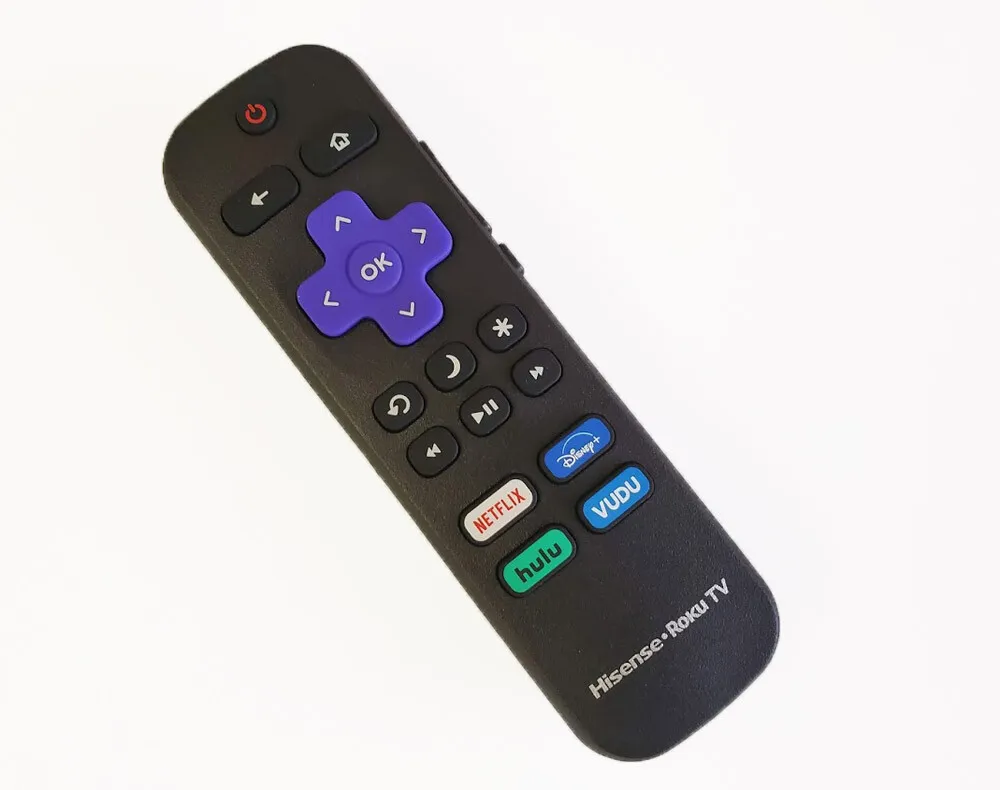Quick Fixes for a Lagging Roku TV Remote: Troubleshooting Tips

Are you pressing the buttons on your Roku remote, but your TV seems to take forever to respond? It’s not just you. Many have faced this snag, turning what should be a chill TV time into a button-mashing workout.
If the lag between your remote and Roku TV is testing your patience, you’re in the right spot.

When the remote doesn’t keep up, it might seem like your beloved streaming time is doomed. But fear not! Before you consider banishing your remote to the land of lost socks, there are a few tricks worth trying.
From simple fixes to more thorough troubleshooting, this guide will walk you through how to get your Roku TV and remote back in sync.
Fix 1: Check Remote Batteries
Weak batteries are often the reason a Roku remote starts acting sluggish. It’s easy to forget when the last swap was, but remote controls drain power quicker than expected. Fresh batteries can bring back that snappy response, making your TV watching experience seamless again.
How to do it:
- Slide or pop open the battery compartment on the back of the remote.
- Remove the old batteries.
- Insert new ones, making sure to align the positive (+) and negative (-) ends correctly.
- Close the compartment and test the remote with your Roku TV.
Fix 2: Clear Remote and TV Obstructions
Objects between your remote and Roku TV, as well as interference from bright lights, can slow down response times. A clear line of sight is essential for IR remotes, while even RF remotes can experience interference.
How to do it:
- Move any objects like books, decorations, or electronic devices that are between the remote and the TV.
- Adjust your room’s lighting, reducing direct sunlight on the TV or remote sensor.
- Reposition the Roku TV if possible, to avoid interference from other infrared devices.
Fix 3: Restart Your Roku TV
Temporary glitches can affect your TV’s response to remote commands. Restarting your Roku device can clear these issues, refreshing the system.
How to do it:
- Navigate to Home > Settings > System > Power > System restart (if your model has this option).
- Alternatively, unplug your Roku TV from the power outlet.
- Wait about a minute or so.
- Plug the TV back in and turn it on.
Fix 4: Check for Software Updates
Software updates can enhance performance and fix bugs that might be slowing down your remote’s responsiveness.
How to do it:
- Go to Home on your Roku TV.
- Select Settings > System > System Update > Check Now.
- If there’s an update available, follow the prompts to install it.
- Once updated, test the remote again.
Fix 5: Re-Pair the Remote
Enhanced Roku remotes don’t need a direct line of sight to work. If your remote is lagging, re-pairing it to your TV might help.
How to do it:
- Take out the batteries from the remote.
- Turn off the Roku TV, and unplug it for a minute.
- Plug back in and turn on the TV.
- Put the batteries back in the remote.
- Press and hold the pairing button in the battery compartment for 3 seconds.
- Wait for the pairing process to complete, then try using the remote again.
Fix 6: Reduce Wi-Fi Interference
Wi-Fi congestion can affect the performance of Roku devices, including response times to remote inputs.
How to do it:
- Limit the number of devices using your Wi-Fi network.
- Change your Wi-Fi channel through your router’s settings to a less congested one.
- Relocate your router or Roku device to reduce physical barriers.
Fix 7: Factory Reset
If all else fails, a factory reset erases all data and settings, potentially fixing deeper issues with slow response times.
How to do it:
- Navigate to Home > Settings > System > Advanced system settings > Factory reset.
- Follow the on-screen instructions to complete the reset.
- After resetting, you’ll need to set up your Roku TV again from scratch.
Each of these fixes addresses a potential cause of your Roku remote’s slow response. Start from the simplest solutions, like checking the batteries, and work your way through the list to resolve the issue.
How to reduce input lag on Roku TV?
Here are some effective strategies to minimize input lag on your Roku TV:
Use Game Mode
Activate Game Mode: Many Roku TVs feature a Game Mode designed to reduce input lag significantly. This mode bypasses some of the TV’s processing to provide a faster response.
Goto to your TV’s settings menu, look for “Picture Settings” or a similar option, and switch Game Mode on. It’s important to note that while Game Mode reduces input lag, it may slightly affect picture quality by disabling certain image processing features.
Optimize Network Performance
Improve Your Network Connection: A stable and fast internet connection can help reduce streaming lag, which often is mistaken for input lag.
- Wired Connection: If possible, use a wired Ethernet connection for your Roku TV. This can provide a more stable and faster connection than Wi-Fi.
- Upgrade Your Internet Plan: Ensure your internet plan provides sufficient speeds for streaming high-definition content smoothly.
Close Background Apps
Limit Running Applications: Ensure unnecessary apps and channels are not running in the background, as they can consume system resources and contribute to input lag.
- How to Manage Apps: Regularly restart your Roku TV to clear the cache and close background applications. You can also remove channels and apps you no longer use to free up system resources.
Adjust Display Settings
Simplify Your Display Settings: Overly complex display settings can increase processing time, contributing to input latency. Simplify these settings for a potential reduction in lag.
- Disable Motion Smoothing: Navigate to your picture settings and turn off motion smoothing or similar enhancement features. These features often increase the work your TV has to do, which can add to input lag.
Update Your Roku TV
Keep Your Roku TV Updated: While not repeating the need for regular updates, it’s worth emphasizing the importance of ensuring all software and firmware are current, as updates can include optimizations that reduce input lag.
Use High-Speed HDMI Cables
High-Quality HDMI Cables: Ensure you’re using high-speed HDMI cables, especially when connecting gaming consoles or PCs to your Roku TV. Quality cables can transmit data more efficiently, potentially reducing input lag.
FAQ
FAQ: Roku TV Slow to Respond to Remote
1. Why do Roku TV remotes become unresponsive over time?
Over time, several factors including weak batteries, signal obstructions, software glitches, and outdated firmware can cause Roku TV remotes to become less responsive. Regular maintenance like battery replacement and ensuring a clear signal path can help prevent this.
2. Can direct sunlight affect my Roku TV remote’s performance?
Yes, direct sunlight or strong artificial lighting can interfere with the infrared (IR) signals between your Roku TV remote and the television, leading to delayed responses. Avoid placing your TV in direct sunlight or under strong lighting.
3. What should I do if replacing the batteries doesn’t improve the remote’s responsiveness?
If new batteries don’t help, try the other solutions like restarting your Roku TV, checking for software updates, reducing Wi-Fi interference, or re-pairing the remote. If issues persist, a factory reset might be necessary.
4. How often should I check for software updates on my Roku TV?
Regularly checking for updates every few months is a good practice, as Roku frequently releases software updates to improve performance and add new features. Keeping your device updated can prevent many issues, including remote responsiveness problems.
5. Will performing a factory reset on my Roku TV delete all my apps and settings?
Yes, a factory reset will erase all your personal settings, apps, and preferences, returning the TV to its original state when you first purchased it. Consider this step a last resort and make sure to note any important account details beforehand.
6. How can I minimize Wi-Fi interference with my Roku device?
To minimize Wi-Fi interference, limit the number of devices connected to your network, change your Wi-Fi channel to a less congested one, or move your router closer to your Roku device to ensure a stronger signal.
7. What should I do if none of the troubleshooting steps solve the slow response issue?
If you’ve tried all the suggested troubleshooting steps and your Roku TV remote is still slow to respond, contacting Roku’s customer support for further assistance would be a wise next step. There could be a hardware issue with your remote or TV that requires professional help or replacement.

![Comcast Remote Setup [It’ll take 30 Sec]](https://www.automatedhomediy.com/wp-content/uploads/2024/02/Comcast-Remote-Setup-Itll-take-2-Mins-768x432.png)
![How to Change Your Roku TV Input With and Without It [Full Guide]](https://www.automatedhomediy.com/wp-content/uploads/2024/02/How-to-Change-Input-on-Roku-TV-768x432.png)
![Does Samsung TV have Crunchyroll? No [Here are the Alternatives]](https://www.automatedhomediy.com/wp-content/uploads/2024/01/Does-Samsung-TV-have-Crunchyroll-768x432.png)